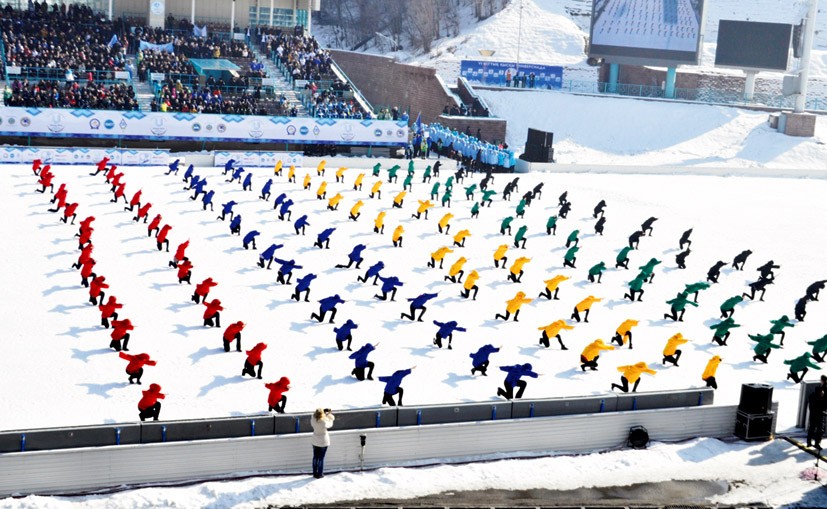
The 28th winter Universiade, the second largest multisport games after winter Olympics, concluded in Almaty, Kazakhstan, on February 8

The 28th winter Universiade, the second largest multisport games after winter Olympics, concluded in Almaty, Kazakhstan, on February 8. Two thousand young athletes in the age bracket of 17 to 18 from 55 countries participated in the Universiade.
More than one billion viewers watched the televised games in 80 countries. The Universiade was managed by 3000 volunteers, 90 percent of them university students. According to an estimate, 30,000 foreign tourists came to witness the games that included Alpine Skiing, Biathlon, Carling, Speed Skating, Nordic Combined, and Snowboarding.
The 29th Summer Universiade 2017 will be held in Taipei, China, from August 19 to 30, 2017. The event is held after every two years under International University Sports Federation (FISU).
Ten Thousand athletes from 175 countries will participate in the games that offer the future Olympic champions a chance to showcase their talent.
Universities worldwide take keen interest in sports and provide excellent facilities and opportunities to their athletes.
Most of these young athletes go on to represent their nations in World and Olympic Games.
But most parents and educationists in Pakistan are of the opinion that sports have little relevance with education and professional colleges and universities are an epitome of professional education. The parents believe that they pay heavy fees for their children to become professionals and not sportsperson.
With this twisted mindset, the ill-informed parents send their children to local and foreign universities. Those who are lucky to study at Harvard, Stanford, Yale and Oxford, realise that these leading universities are not just producing scholars but also producing athletes of international standard.
Leading American and UK universities have produced hundreds of Olympic medal winners, who were picked in respective national squads from world university games and other regular sport activities organised in these universities.
In the Rio Olympics, top medal winners like Simone Manuel, Kerron Clement, Dona Vollmer, Ashley Grassman, Katei Ledecky and Maggie Steffens were from Stanford, UC Berkeley and University of Southern California.
These gifted world performers are not the product of chance or raw talent picked from streets, but they became world class athletes after undergoing training and coaching at renowned universities where sport is taught, researched and practised in a professional manner.
The Sheffield Hallam University’s Sport Industry Research Centre has developed a very interesting Olympic forecasting model, which was successfully used in Beijing Olympic Games in 2008.
The model suggests that elite performance is not a matter of chance. It is a matter of public investment, rather than population size and GDP.
A recently published report in UK, "Universities and Medals", analysed the performance of athletes from 1992-2008. The report revealed that 61 percent of the athletes who were medal winners were university graduates.
Here in Pakistan, sports are considered "excess baggage" in the education system of Pakistan. The position of DG sports in Higher Education Commission (HEC) is a place for dumping an inefficient director who can’t be adjusted at any other suitable place.
The same is the case at universities working under HEC. Departments of sports, and their directors and programmes get the least attention.
Achieving a respectable position in the world of sports is impossible without an efficient sports system at educational institutions. The sports pathway from school, college and university has to be well defined and prioritized. Resources have to be allocated through private and public funds.